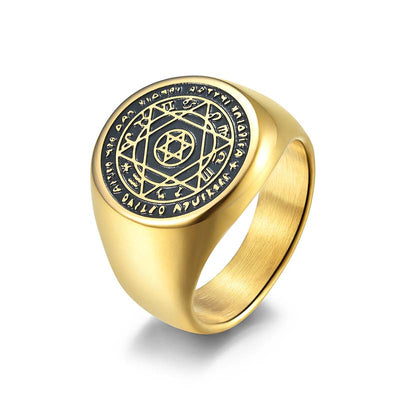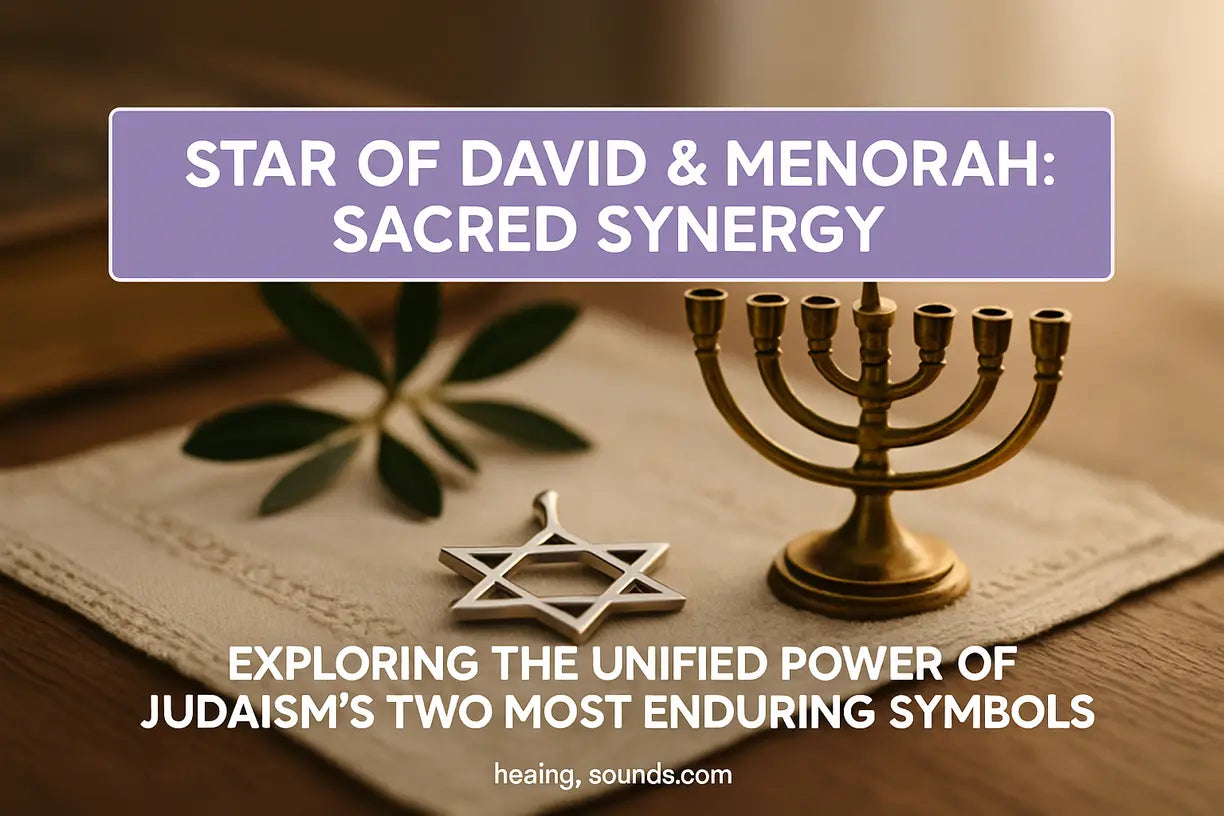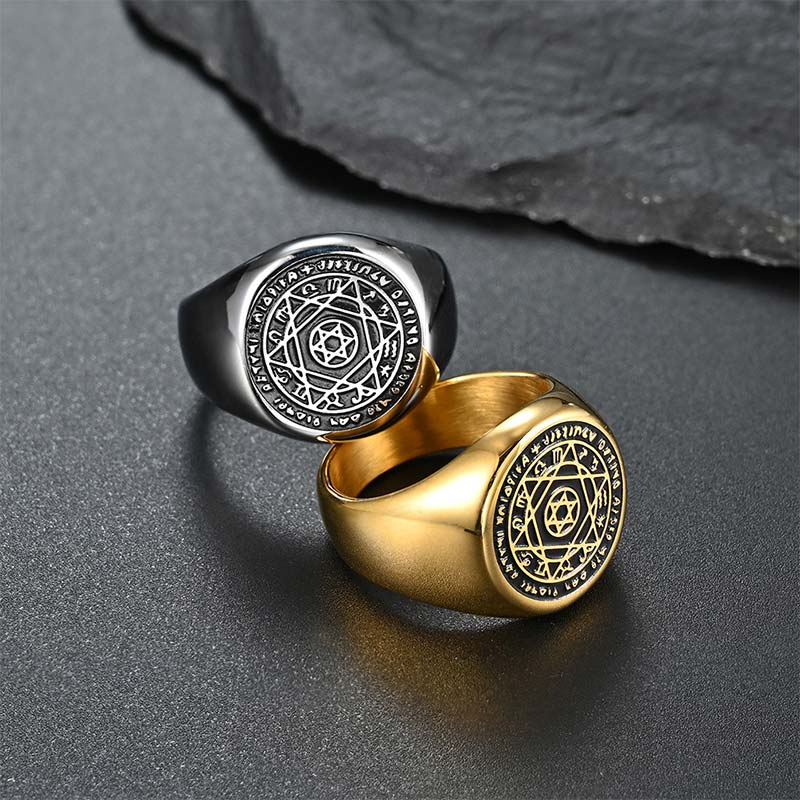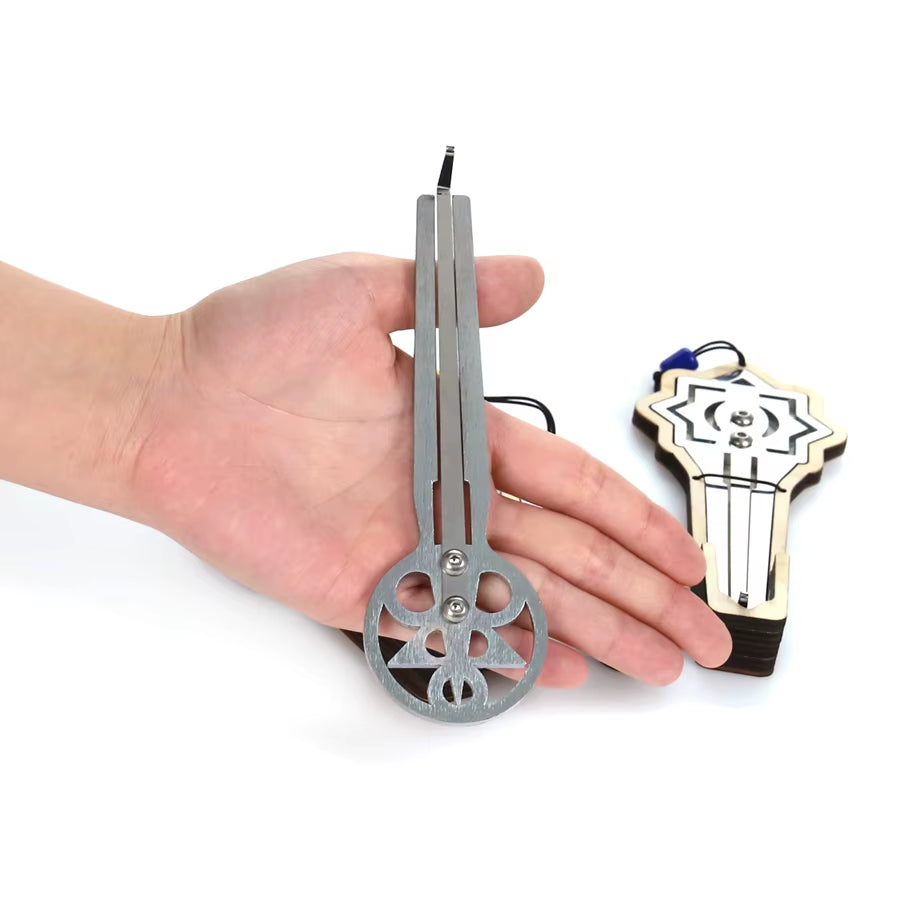The Star of David and the Menorah are arguably two of the most recognizable symbols of Judaism. Each carries a profound weight of history, faith, and identity. While they stand strong on their own, their combined presence in art, jewelry, and ritual objects creates a powerful synthesis of Jewish heritage. For those seeking a deeper connection to their spiritual roots, understanding the star of david menorah symbolism offers a rich tapestry of meaning, weaving together the story of a people and their covenant with the divine.
In this article, we will explore the individual significance of these two ancient emblems and uncover the beautiful, layered meaning that emerges when they are brought together. We will delve into their history, their role in tradition, and how they continue to inspire and define Jewish identity today.
The Enduring Symbolism of the Star of David
The Star of David, or Magen David (Shield of David) in Hebrew, is a hexagram composed of two interlocking equilateral triangles. While its association with Judaism is ancient, it only became a widespread and universally recognized symbol of the Jewish people in the 17th century. Its symbolism is vast and multifaceted. The upward-pointing triangle is often said to represent humanity's connection to God, while the downward-pointing triangle symbolizes God's divine grace reaching down to earth.
Together, they signify the inseparable bond between God and the Jewish people. The six points are sometimes thought to represent the six days of creation, with the center representing the Sabbath. Ultimately, the Star of David serves as a powerful emblem of divine protection, national identity, and the covenantal relationship at the heart of Judaism.

The Menorah: A Beacon of Light and Divine Wisdom
The Menorah is an even older symbol, with its origins described in the book of Exodus. God commanded Moses to create a seven-branched golden candelabrum for the Tabernacle, the portable sanctuary in the desert. This original Temple Menorah was to be kept perpetually lit, representing God's eternal presence and divine light. Its seven lamps are often interpreted as the seven days of creation, the seven continents, or the universal pursuit of knowledge and wisdom.
As detailed in sources like the Jewish Virtual Library, the Menorah symbolizes the ideal of universal enlightenment. It is a reminder of Israel's mission to be a "light unto the nations." It's important to distinguish the seven-branched Temple Menorah from the nine-branched version, known as a hanukkiah, which is used specifically during the festival of Hanukkah to commemorate the miracle of the oil.

When Two Paths Converge: The Combined Meaning of the Star of David and Menorah
When the menorah and star of david are combined, they create a symbol that encapsulates the entirety of Jewish experience. This combination is not merely decorative; it is deeply symbolic. If the Star of David represents the Jewish people—their identity, their history, and their covenant—the Menorah represents their divine purpose: to be a source of spiritual light and wisdom in the world.
The joining of these two symbols speaks to a complete and holistic vision of Judaism. It's the fusion of the national and the spiritual, the earthly and the divine. A menorah with a star of david signifies a faith that is both rooted in a specific people's history and dedicated to a universal mission. This powerful icon has become a modern emblem of Jewish pride, resilience, and enduring faith.
Embodying this powerful protective symbolism can be a deeply personal journey. Objects that carry these signs serve as daily reminders of heritage and spiritual strength, connecting us to a lineage of faith and perseverance.

Titanium Steel Star of David Zodiac Protection Ring
$19.90 $28.90
Embrace the meaning of the Star of David with this protection ring—perfect for those drawn to Jewish symbolism and spiritual heritage.
Explore ProductModern Expressions of Ancient Symbols
Today, the combined Star of David and Menorah motif is found in many forms, from magnificent sculptures outside synagogues to delicate pieces of jewelry. It is a popular design for Hanukkah menorahs, directly linking the holiday's theme of national liberation and religious freedom with the broader symbols of Jewish identity. For many, wearing or displaying this combined symbol is a way to express a multifaceted identity that honors both personal faith and collective history.
These ancient symbols remind us that tradition is not static; it is a living, breathing force. It can be honored through prayer, study, and even through sound and music, which have always been integral parts of Jewish spiritual practice. Exploring these cultural traditions can create new pathways for connection and reflection.

Connect with Tradition Through Sound

Jaw Harp Instrument - Tuned to E Major
$79.90
$119.90
Explore Jewish musical heritage with this finely tuned jaw harp—ideal for meditation, rituals, or a symbolic sound journey. Learn more ➔

Jew Harp Musical Instrument - Major E Tuning
$79.90
$119.90
Connect with tradition through this classic Jewish harp—merge sacred sound with the deep symbolism of heritage and faith. Learn more ➔
A Legacy in Light and Stars
The Star of David and the Menorah are more than just historical artifacts; they are vibrant symbols that continue to offer meaning, strength, and connection. The star anchors Jewish identity in a legacy of divine protection and national history, while the menorah illuminates the path forward with its call for wisdom and spiritual purpose. Together, the star of david menorah tells a complete story of faith, resilience, and the enduring light of a people. By embracing these symbols, we connect not just to the past, but to a living heritage that continues to shine brightly today.
Frequently Asked Questions about Star of David and Menorah Symbolism
The main difference lies in their form and primary symbolism. The Star of David is a six-pointed star (hexagram) representing Jewish identity, divine protection, and the covenant. The Menorah is a seven-branched candelabrum symbolizing divine wisdom, creation, and Israel's mission to be a "light unto the nations." While both are core Jewish symbols, the Menorah has more ancient origins in the Temple service.
During Hanukkah, the Star of David serves as a powerful symbol of Jewish identity and resilience, themes central to the holiday's story of the Maccabean revolt. When featured on a Hanukkah menorah (a hanukkiah), it connects the miracle of the lights and the victory of religious freedom to the broader emblem of the Jewish people and their enduring faith.
In the Bible (Exodus 25:31-40), the 7-candle menorah was a sacred candelabrum God commanded to be placed in the Tabernacle. Its seven lamps, which were to burn continuously, symbolized God's eternal presence, divine wisdom, and the spirit of creation (as the world was created in seven days). It represented a perpetual light of holiness and knowledge.
In the context of palmistry, a Star of David (hexagram) found on the palm is a very rare and auspicious marking. It is often interpreted as a sign of great spiritual protection, wisdom, and a balanced connection between the physical and spiritual worlds. While not a traditional Jewish interpretation, it borrows the symbol's core meaning of divine connection and harmony.
They are connected as two of the most significant emblems of Judaism. Their combined symbolism represents the fusion of Jewish identity (Star of David) and spiritual purpose (Menorah). The star symbolizes the people and their history, while the menorah symbolizes their divine mission to be a source of light and wisdom. Together, they offer a complete picture of Jewish faith and heritage.








1 comment
Simon
Star of david in my left palm